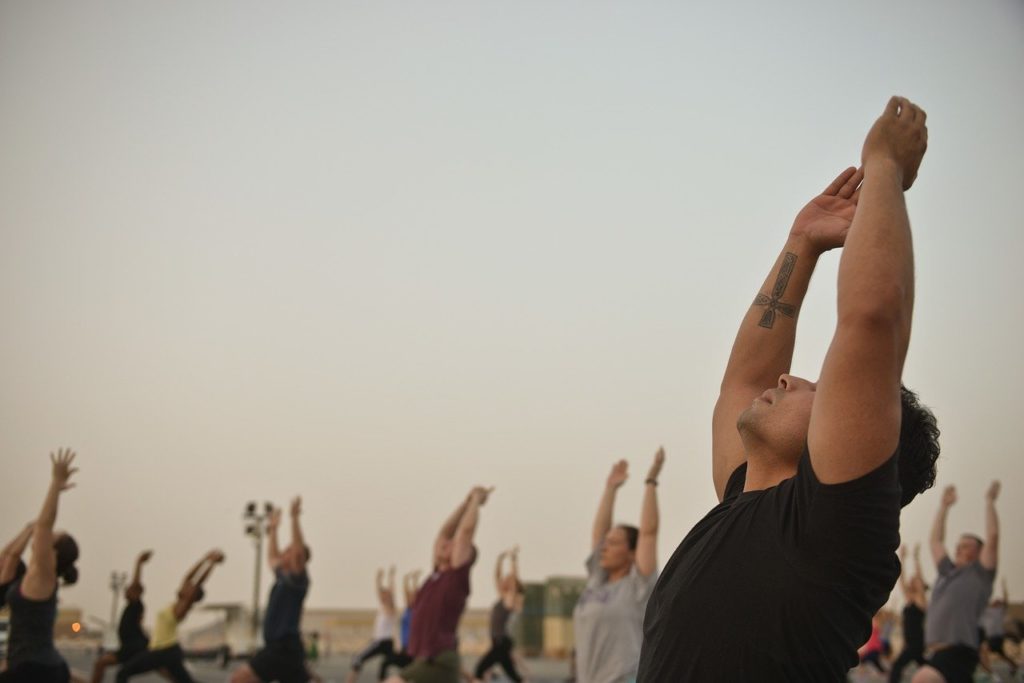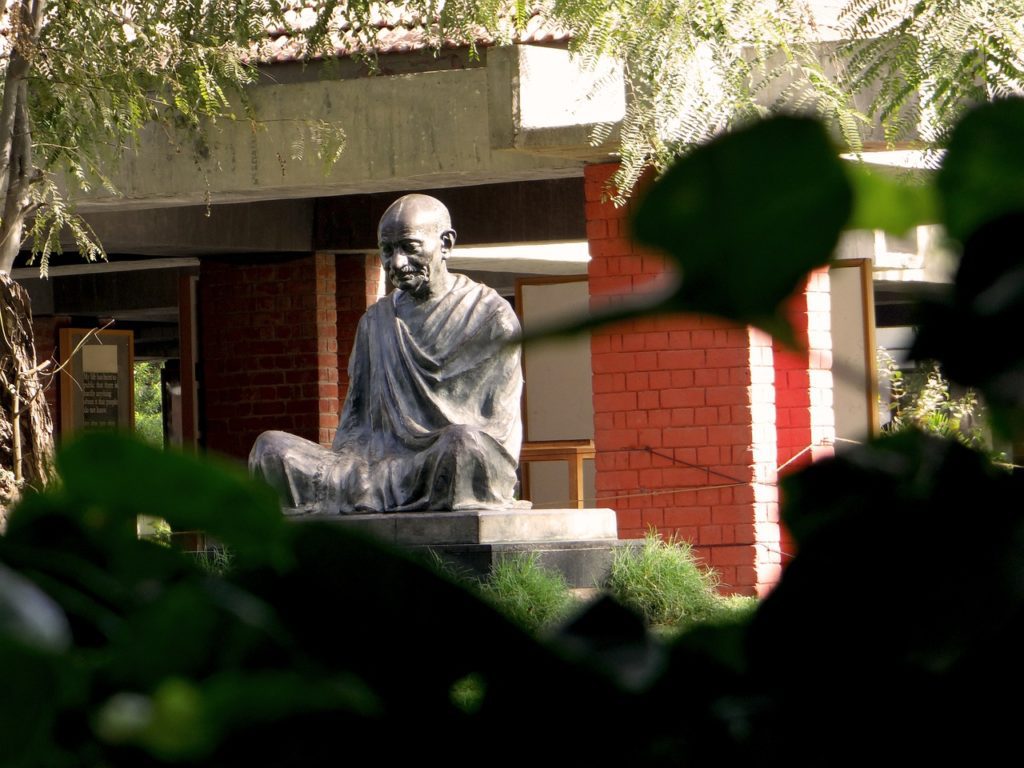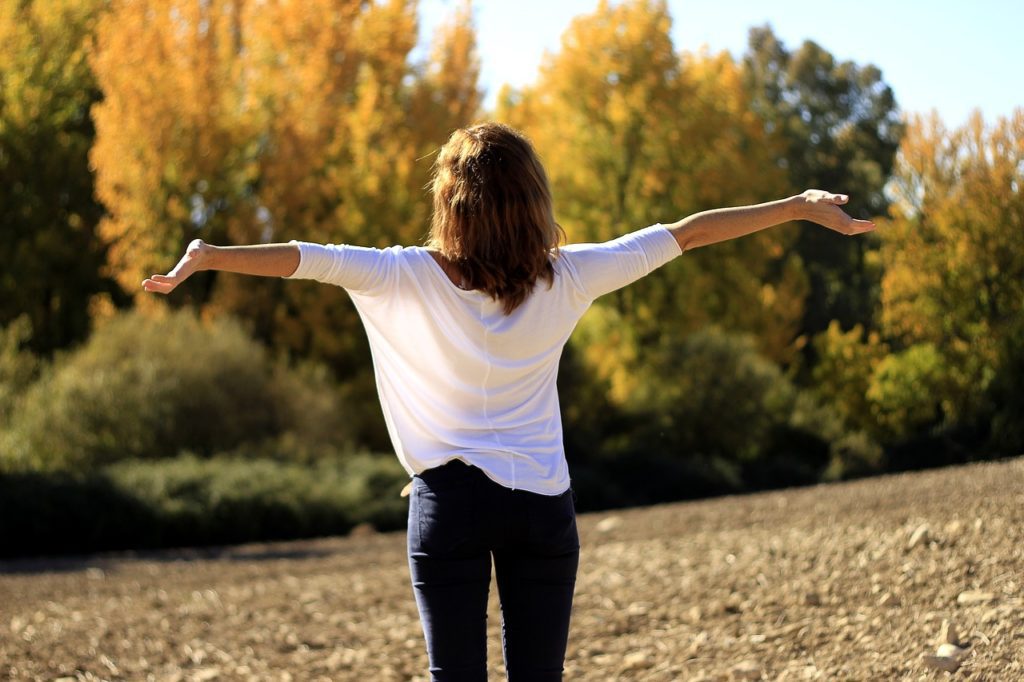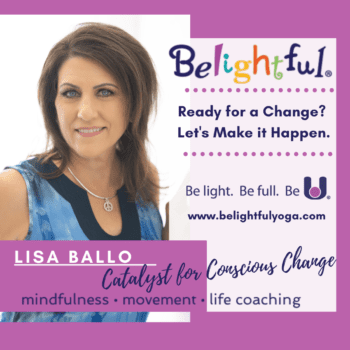If you’ve never read The Yoga Sutras of Patanjali, this may not be the time to start. It’s pretty heavy. But it does constitute the foundations of yoga.
The sutras cover the eight limbs of yoga. Each limb of the “tree” covers an aspect on the yogic path. This includes the practice we do both on the mat and in our every day life.
Ahimsa, or practicing nonviolence, is the very first moral value of the first limb known as the yamas. By some estimations, it’s the most important.
Ahimsa – the First Yama
The yamas make up the first limb of yoga. There are five of them and they essentially guide us on the best ways to act toward ourselves. The yamas are first because if you want to change what’s happening around you, then you have to start with yourself.
In our previous blogs, we covered non-stealing (asteya) and non-attachment (aparigraha). These are also valuable yamas.
Yet nonviolence (ahimsa) is the highest ideal. It asks us to live in a way that causes no harm in action, speech, or thought to any living being. And that includes ourselves.
At the penultimate level, it’s the spontaneous expression of the purest form of love. It grows from unconditional positive regard for everything, everyone, and ourselves.
Sounds pretty heady, huh? It’s not something that happens overnight. Practicing nonviolence in our physical, mental, emotional, and spiritual lives is a tall order. And it’s definitely a process.
Nonviolence in Yoga
One great place to start practicing nonviolence is through the yoga practice.

On a purely physical level, true yoga asks you to let go of negative images of your body and to accept yourself as you are. It asks you to respect your edge and not push to the point of pain or harm.
So even if you are frustrated because you can’t do a headstand or fold your body all the way over your legs, you simply sit with your frustration in order to grow. And soon, you realize that you only serve your ego when you push past your edge.
Ahimsa in Diet
When you practice nonviolence, you may believe that means you must become a vegetarian or vegan. But it’s just not that simple. While nonviolence advocates not harming another living thing, cutting out all animals products could ultimately do your body harm.
So this requires a commitment to mindfulness.
Supporting environmentally responsible companies or committing to organic foods is one step toward causing less harm to the planet. Look for products that are fairly traded to support workers in third world countries.
Even just eating a vegetarian diet once or twice per week will reduce the impact of cruelty to animals in large agribusinesses.
Yet while considering what we put in our mouths is important, what comes out is arguably even more crucial.
Nonviolent Speech and Thinking
Your speech and your thoughts play a huge role in your wellbeing.
Even if you’re engaging in the physical practice of yoga every day, eating really healthy foods, and doing all of the “right” things like taking supplements, drinking water, and getting plenty of sleep, you may not be feeling as good as you could.
When your words come from a place of reaction versus well calculated and considerate response, you run the risk of hurting others with your speech. Or if you operate from a mindset that everything needs to be the way you think it SHOULD, it will show up in the way you speak to others. This, in turn, brings them down.

Even more subtle is what’s happening in your brain. For example, if your thoughts are frequently wracked with disappointment, resentment, shame, or guilt, this is a form of violence against yourself. Or if you’re unwilling to forgive someone their trespasses, or perhaps you can’t forgive yourself for wrongdoing, such thoughts push love away.
Constantly holding yourself up to impossible standards is also a type of violence. Because chances are, you hold the rest of the world up to these same standards. When they fall short – and they will – you’ll be invariably let down. In essence, you’re harming yourself and others with this mindset.
Violence Is Sneaky
As you can see, violence doesn’t have to be something as outward as punching someone or destroying property.
Even if you think you’re the most nonviolent person who’s walked the planet, it’s likely that you’re enacting some of the above behaviors that are merely more subtle forms of violence.
Whether you push too far in a yoga pose, have resentment for someone else, or are arguing with your partner and allowing hateful words to fly, these are all examples of violence.
Finding Ahimsa Within
Each of us struggles with internal conflicts. It’s part of the human condition. But once we become keenly aware of how our words, thoughts, and actions affect others, we can begin to actively work to change our habitual reactions.

It starts by finding peace within. It means observing your habits as an objective outsider, measuring the consequences, stopping to take a deep breath, and then reevaluating. This allows you choose a better and more effective way to respond – from a place of love and acceptance.
And yes, it’s tough!
But once you’ve been at it a while, you’ll start to see more clearly how when you hurt others, you ultimately hurt yourself. And if you don’t care for yourself (again, a form of violence), it’s going to have a negative impact on those around you.
Practicing Nonviolence Encourages Acceptance
The world is particularly divisive right now. The words and actions of others may leave you wanting to lash out and strike back.
So work on practicing nonviolence instead. Remember, the more you can embrace and accept yourself for who you are, the more readily you’ll be able to accept others. It’s a truly wonderful gift.
And if you feel that your company, school, or organization could fare from learning techniques for incorporating nonviolence into their lives, then contact us today.
We’ll bring our mobile mindfulness, yoga/meditation, and life coaching services to you. Whether participating in person or virtually, you have so much to gain from practicing nonviolence in your life.



